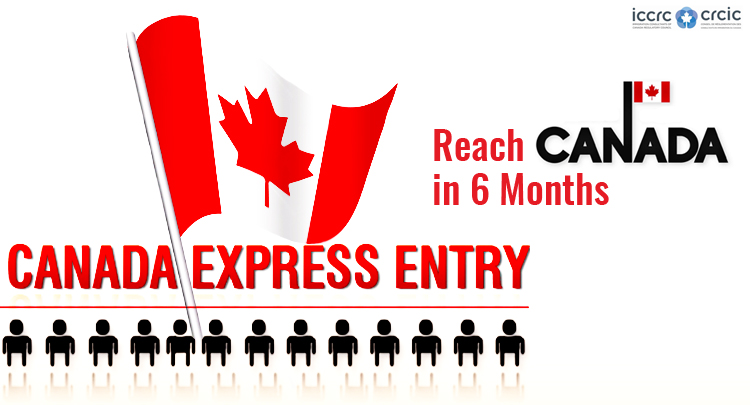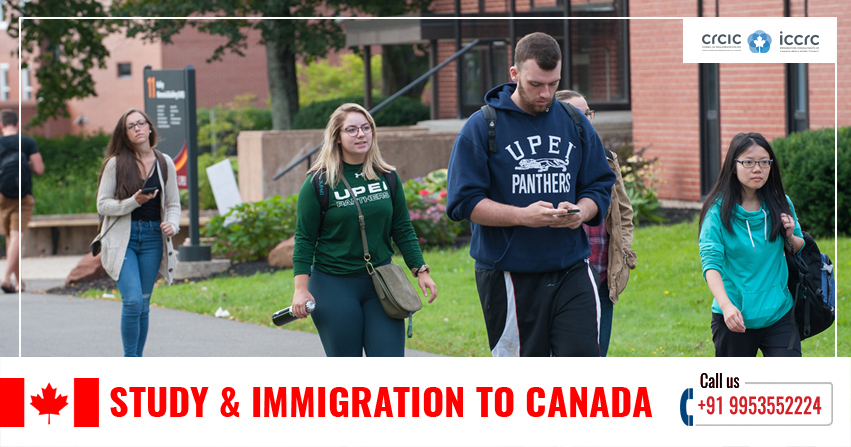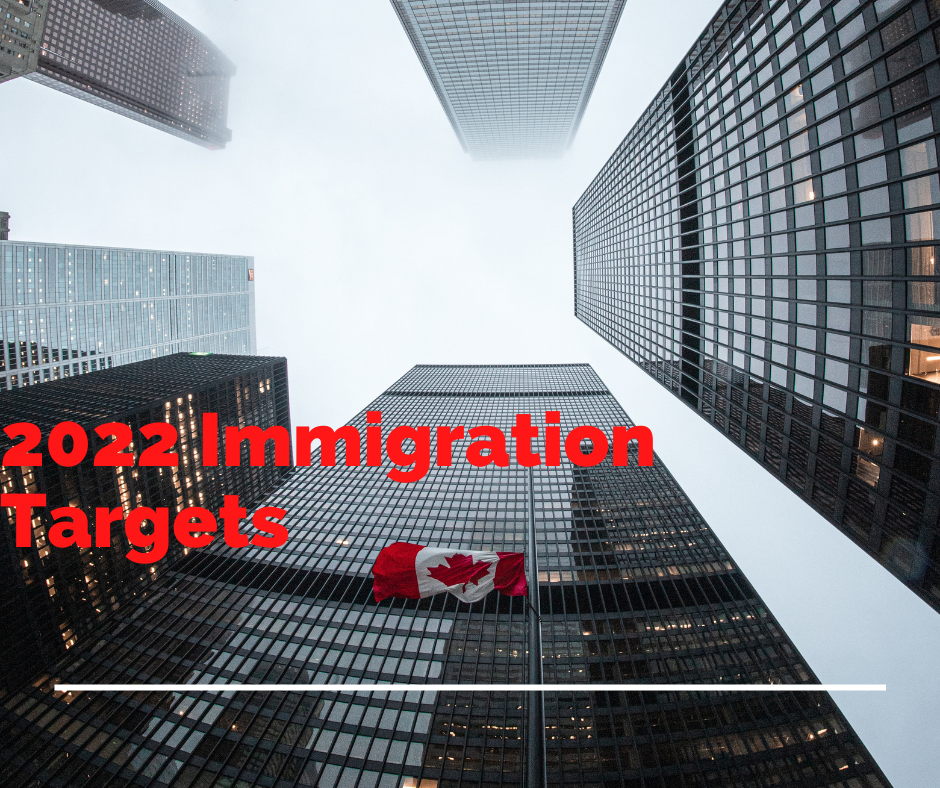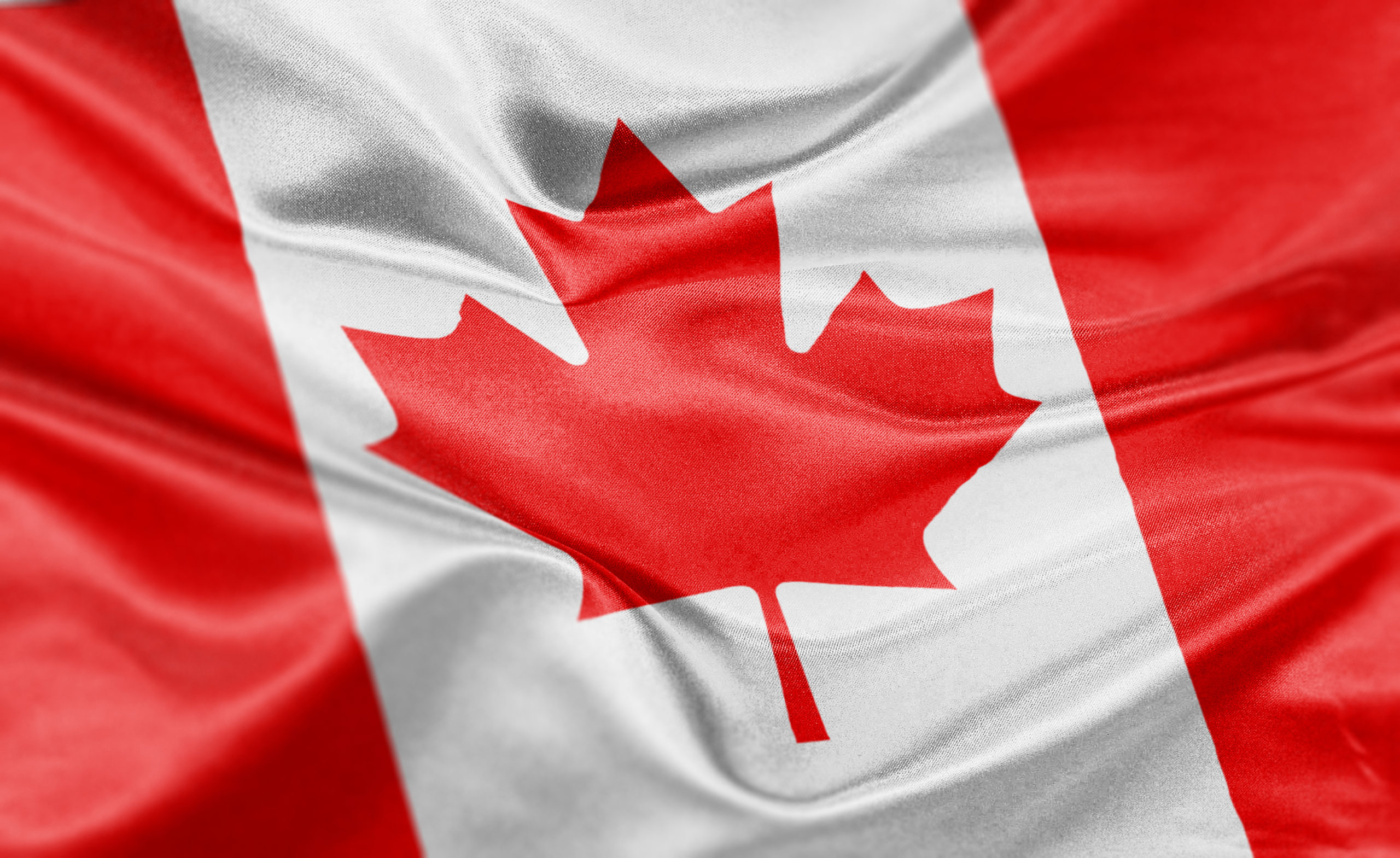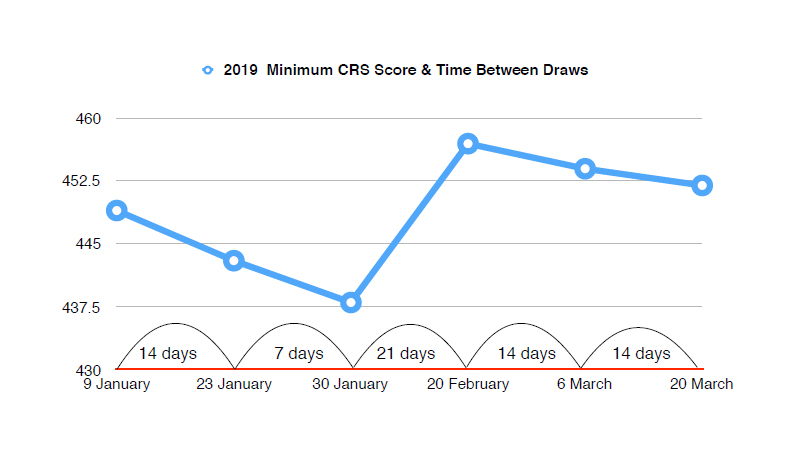
Express Entry cut off’sexpected to continue to fall
In the draw (#113) on 20 March, Immigration, Refugees and Citizenship Canada (IRCC) sent invitations to 3,350 candidates, inviting them to submit applications for permanent residence. The cut-off Comprehensive Ranking System (CRS) score for the draw was 452.
In the previous draw on March 6, the number of Invitations to Apply (ITAs) was 3,350, with a cut-off score of 454. For the draw for February 20, 3,350 applicants were invited on a cut-off score of 457. They were all drawn 14 days apart, and the cut-off score continued to drop.
The first draw of the year (#108) took place on 9 January, with 3,900 candidates being invited and a cut-off score of 449; The draw 14 days later also invited 3,900 people with a cut-off score of 443. The CRS cut-off score continues to drop when the draw is made within 14 days of each other.
According to the immigration plan released by IRCC, the total number of planned immigrants in the three categories of the Express Entry system — the Federal Skilled Worker Class, Federal Skilled Trades Class, and Canadian Experience Class in 2018 was 74,900. In 2019, it could be 81,400. It will continue to increase in 2020 and 2021. It looks like the number of future draws could also continue to grow.
As of the #113 draw on March 20, IRCC had issued a total of 21,200 invitations in 2019, up from 14,500 in the same period in 2018.
The drop in the cut-off score for the two draws in a row was a welcome result. If the draw for the second quarter of 2019 is larger, and IRCC keeps the draw frequency at about every two weeks, we could see that the cut-off score may continue to decline.

